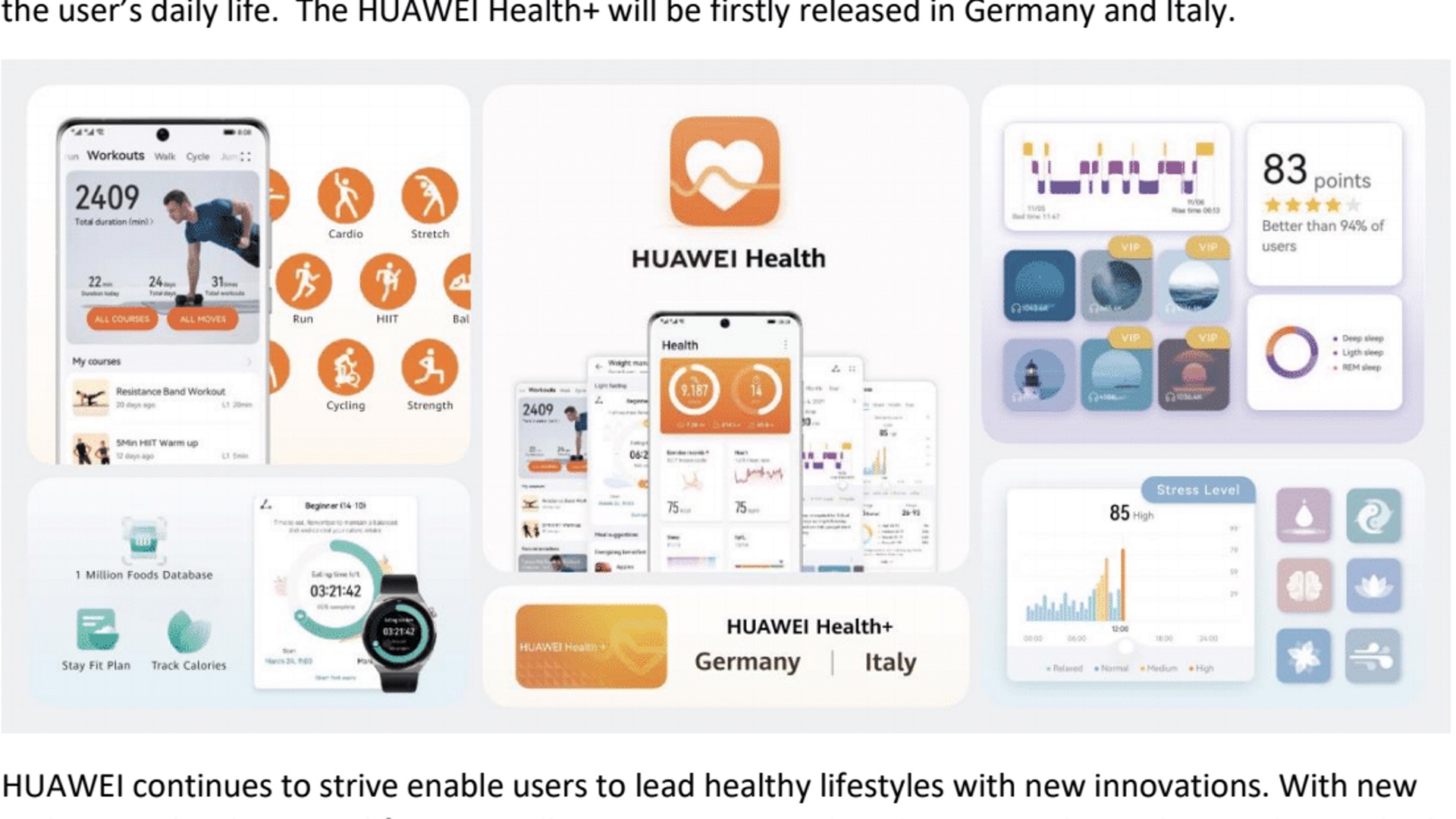Will Huawei’s smartwatch ecosystem ever catch up with Fitbit or Garmin? We'll soon find out
Huawei is after the biggest players in the fitness wearable space, and the company is making some serious headway


After Google banned Huawei from using its operating system on its smartphones and smartwatches, many people doubted the Chinese company will ever bounce back from such a blow. There is no way Huawei can muster up its own ecosystem out of thin air and compete with the likes of Garmin and Fitbit in the fitness wearable space, right?
Well, after attending its latest showcase in Milan, Italy, I'm here to tell you Huawei is closing in pretty fast.
At the House of Huawei event, which took place on 18 May, the company announced a slew of new wearables, including the Watch GT 3 Pro Ceramic Edition and the blood-pressure monitoring Huawei Watch D, as well as the Watch Fit 2 and Band 7 fitness trackers, slated for a release late 2022. Of course, Huawei being Huawei, the company also announced its latest flagship folding smartphone, the Huawei Mate Xs 2.

Early screenshots of the Huawei Health+ premium paid surscription
Huawei Heath+: Fitbit Premium, reimagined
However, as cool as these products are, what got me excited were two other announcements that happened the same day. Towards the end of the presentation, and seemingly out of nowhere, Huawei announced the Health+ service, which looks similar to Fitbit's Premium model and offers advanced stats for people.
Health+ is a new premium paid subscription service for users looking for more advanced health and fitness features. An example of this advanced feature is the Stay Fit Plan, where users can create workouts and eating plans with automatic reminders based on their training days, exercise goals and favourite foods.
There is a Nutritional Analysis feature to input nutrition data for each meal and calculate highly accurate calorie counts to help users meet their goals, similar to apps such as MyfitnessPal.
Health+ users can also create and develop their own breathing exercise routine, which "encourages consistency and ensures that the practice fits into the user's daily life", according to Huawei.
Get all the latest news, reviews, deals and buying guides on gorgeous tech, home and active products from the T3 experts
Huawei's Health+ plan is available as a public beta in Germany and Italy for now. It works with all Huawei wearables, but you can get a free trial by getting either the Huawei Watch GT 3, Huawei Watch GT Runner, and Watch Fit 2 and Band 7 (and all the new watches).
We also know that the new service will cost €7.99 per month (or €59.99 per annum when paid for annually), and people who buy a Huawei wearable will get a 1-month free trial. Also, according to the presentation at the event, people who'll buy a new Huawei wearable in 2022 will be granted a 3-month Huawei Health+ trial subscription.

Huawei S-Tag: A running/cycling accessory aimed at Garmin users
While the Health+ subscription focuses on casual users, another new announcement aims to please hardcore runners. The Huawei S-Tag is said to help people understand their workout status and improve running efficiency while reducing injury risk through multi-functional and dynamic motion sensors.
The new running accessory weighs only 7.5 grams (sensor only) and can be applied and removed easily thanks to the twist-and-lock mechanism.
Equipped with 9-axis "high-precision" sensors built-in to accurately monitor running posture, the S-Tag can be worn on the shoes or clipped on your waist, where it monitors the user's foot and waist motion data. Measurements are based on 13 types of running posture data to "help users attain the perfect running posture."
The Huawei S-Tag uses Bluetooth to connect with the Huawei Health app and dedicated Huawei watches – no info on ANT+ connectivity or third-party watch support yet.
The S-Tag also supports basic cycling metrics such as cadence, speed and distance.
There is no information available on pricing or release date as of the time of writing.
House of Huawei: A dawn of a new era?
Huawei's wearables are getting more accurate, and its ecosystem more comprehensive, which should make Fitbit, Garmin and the rest of the fitness wearable lot worried – it's only a matter of time until people notice.
Of course, making it to the top is more complicated than offering good value for money wearables to people; Huawei will also have to start working on establishing the brand as a reliable and trustworthy alternative to established manufacturers such as the ones mentioned above.
At the end of the day, the people benefitting from the constant power struggle are us, customers, as more competition means cheaper price tags and more innovation coming our way. Who knows, thanks to Huawei closing in, we might see Garmin reducing its prices and Fitbit stepping up its game to offer more accurate health and fitness wearables. Only time will tell.

Matt Kollat is a journalist and content creator who works for T3.com and its magazine counterpart as an Active Editor. His areas of expertise include wearables, drones, fitness equipment, nutrition and outdoor gear. He joined T3 in 2019. His byline appears in several publications, including Techradar and Fit&Well, and more. Matt also collaborated with other content creators (e.g. Garage Gym Reviews) and judged many awards, such as the European Specialist Sports Nutrition Alliance's ESSNawards. When he isn't working out, running or cycling, you'll find him roaming the countryside and trying out new podcasting and content creation equipment.